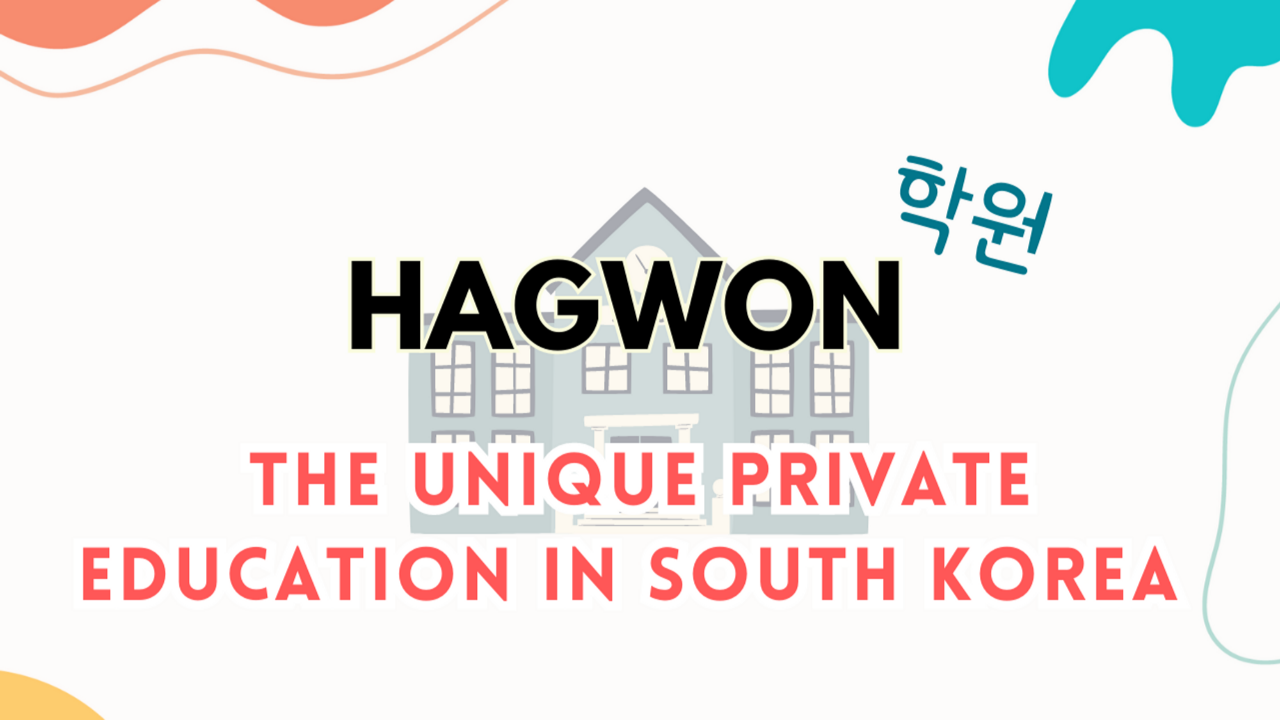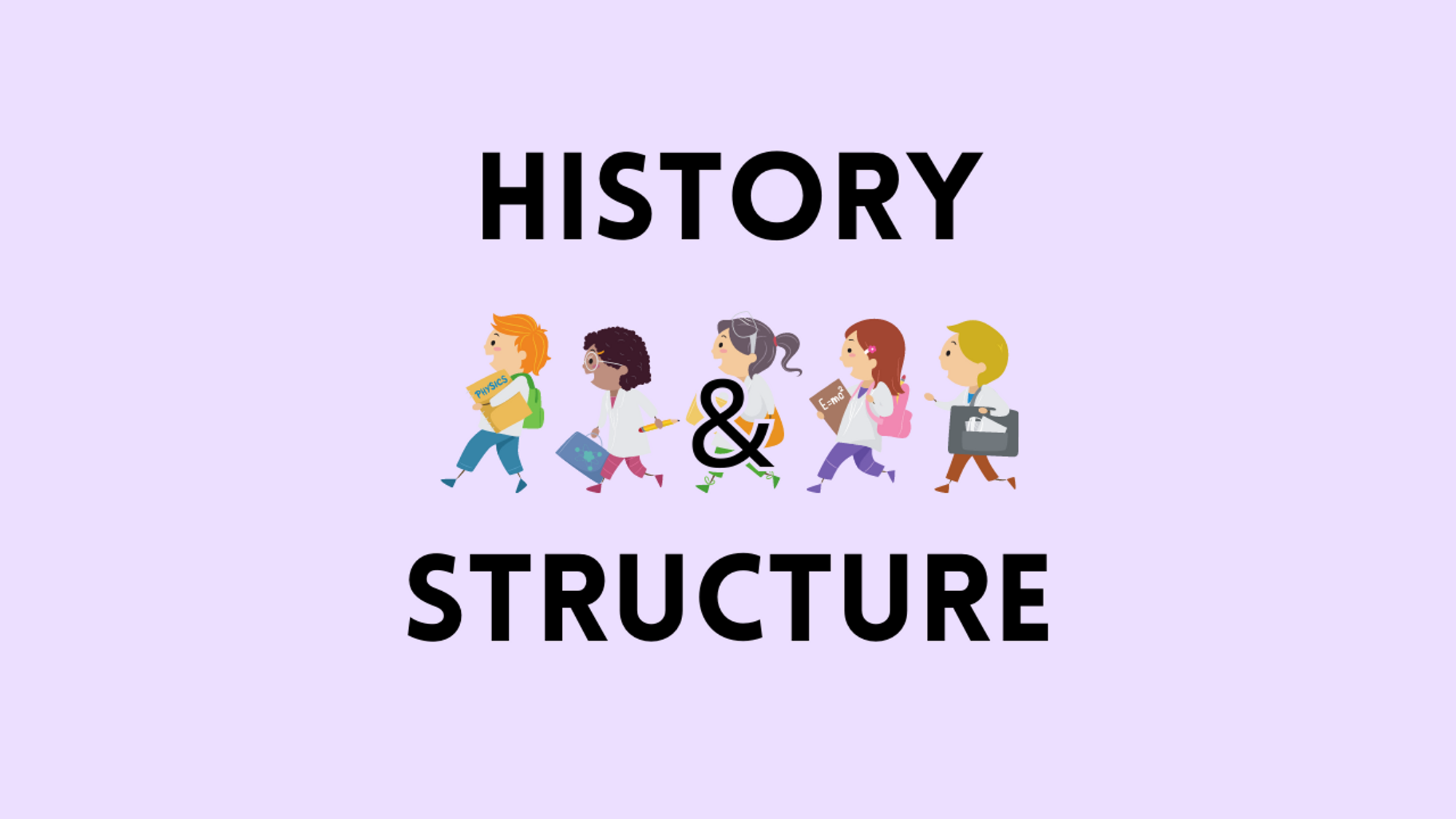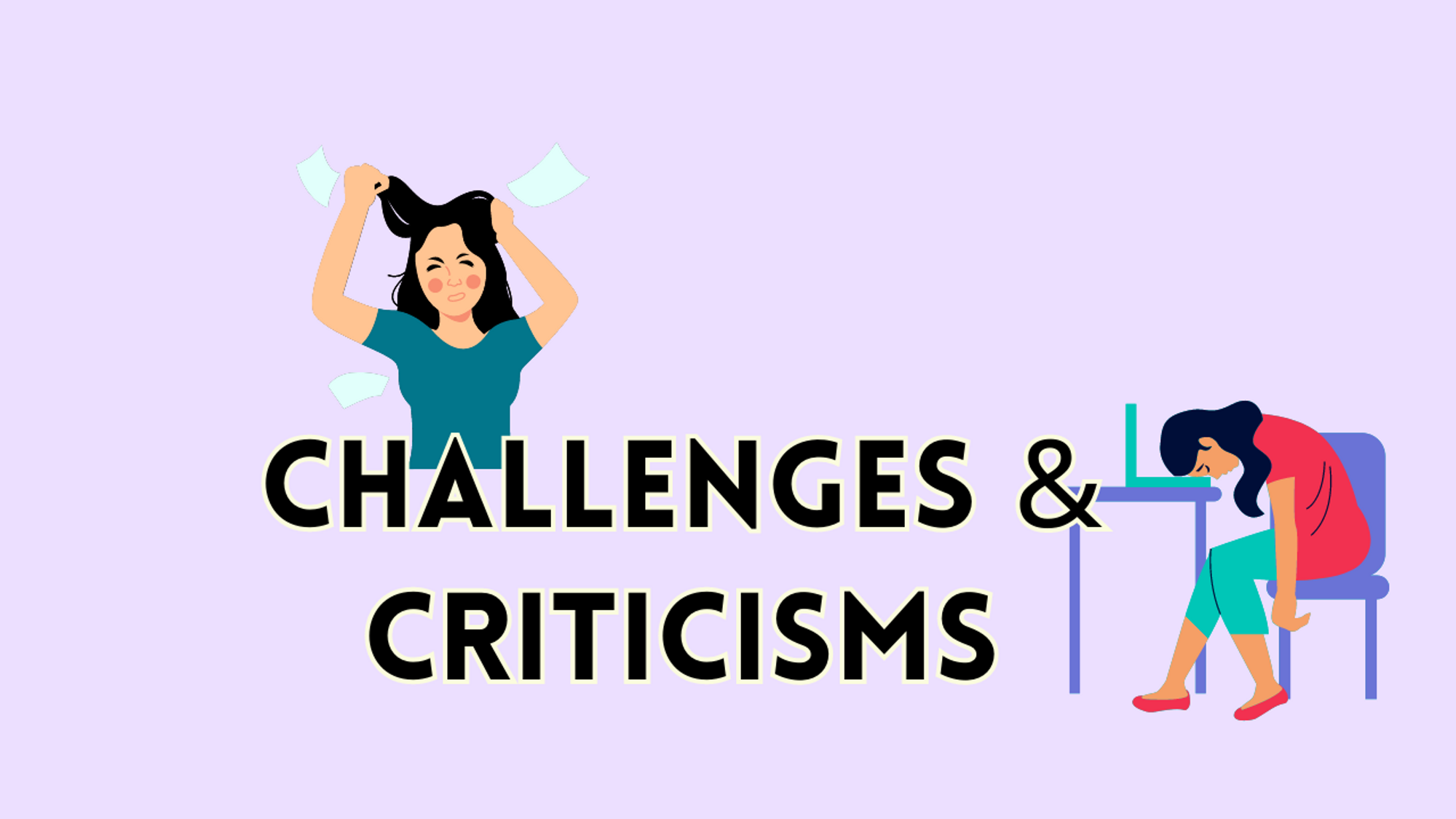Hagwon 학원: The Unique Private Education Institution in Korea
Jul 27, 2023
- Author: Good Job Korean team
- Editor: Good Job Korean team
👍 Contents (Click to navigate instantly)
✅ History and Structure of 학원
✅ Advantages of 학원
✅ Challenges and Criticisms of 학원
학원 or hagwon is a term for South Korean profit-making private institutes, academies, or cram schools, where children would attend outside of their mandatory school hours. As South Korea is renowned for its passion for education, these after-school institutions have gained international recognition for their impact on academic achievements and prospects.
While South Korea is known to have one of the finest public school systems, many of them would still spend a substantial amount of money on private education. Hence, education is considered a big business in South Korea. In this blog post, we will read about how 학원 first came about and the advantages and challenges of a Korean 학원.
History and Structure of 학원

During the Joseon Dynasty, Confucianism heavily influences the education system in Korea. The civil service examination system, modeled after the Chinese imperial examination, was the primary method of selecting government officials. In preparation for these rigorous exams, scholars provided private tutoring to students from noble families. These early forms of tutoring laid the groundwork for the start of 학원 years later. The emphasis on academic achievement and the idea that education was a means of social mobility and success remained deeply ingrained in Korean society.
The roots of 학원 trace back to 1885 when Henry Appenzeller, a US Methodist missionary, established the first institution. Appenzeller’s Paichai school (배재대학교) became a hub for Koreans eager to learn English, and it marked the first inception of the modern-day 학원.
As South Korea’s education system evolved, 학원 emerged as a response to the fiercely competitive education system. Students sought additional support beyond regular school hours to gain a competitive edge over their peers. 학원 typically has a smaller student-teacher ratio, between 15-20 students per tutor, allowing for more individualized attention and focused learning.
Advantages of 학원

-
Personalized Attention And Focused Instruction
With smaller class sizes, instructors can tailor their teaching methods to meet the specific needs of each student. This personalized approach allows students to grasp complex concepts more effectively, improving their academic performance. -
Quality Tutors
Modern-day 학원 aims to supplement or remedy children’s education so that they can keep up with the public school curriculum. Therefore, 학원 usually hires tutors with high proficiency in certain areas, who also help students prepare for high school and university entrance examinations. -
Strong Emphasis On Exam Preparations
As the South Korean college entrance exams such as the College Scholastic Ability Test (CSAT), known as 수능, are highly competitive, 학원 emphasizes exam preparations. Students would receive rigorous training and practice exams to help them familiarize themselves with the format, develop time-management skills, and improve their chances of achieving higher scores. -
Comprehensive Curriculum
학원 offers a comprehensive curriculum beyond the scope of regular school education. It exposes students to a broader range of subjects and specialized courses to enhance their knowledge and skills in specific areas of interest. With an emphasis on learning English, many families enroll their children in English lessons once they reach preschool or kindergarten age. They would continue to attend extra English lessons at 학원 after their regular school day. -
Non-Academic Lessons
There are 학원 that children attend for non-academic lessons such as piano, art, swimming, and taekwondo classes, and even specialized courses like flight-attending, professional gaming, hip-hop dancing, and K-pop classes. These classes help students, both adult and school-going children, explore beyond their academic lessons to earn an extra skill. -
Social Life
Besides that, 학원 helps in building social life as children sometimes would want to attend 학원 because their friends attend to one. Some parents would send their children to 학원 to keep them busy with more beneficial activities and use their time efficiently. By sending their children to 학원, parents have more free time for themselves, besides being a reliable daycare for working parents.
Challenges and Criticisms Of 학원

-
The Financial Burden On Families.
Attending 학원 can be costly, with tuition fees often reaching substantial amounts. The staggering fees create a socioeconomic disparity, as families with lower incomes may struggle to afford such additional education. Bloomberg reported that the monthly spending on 학원 is as high as 410,000 won ($315) average per student in 2022. And high school 학원 attendants even spend 700,000 ($538) won on average. -
Declining Birth Rates
While 학원 is not a direct influence on birth rates, the economic factors of starting a family are associated with the financial burden of education with other child-raising costs. Many young couples now hesitate to have more children due to the financial pressures of increasing educational costs. -
Intense Competition And Pressure On Students
The relentless pursuit of academic excellence can lead to high-stress levels and burnout, affecting students’ mental and physical well-being. Critics argued that focusing on exam results detracts from a holistic education, depriving students of opportunities to pursue other interests and develop well-rounded skills. -
Lack of Downtime
The demanding schedules of regular school and 학원 leave children with limited time for rest, play, and leisure activities. Sleep deprivation can negatively impact their well-being, physical health, and emotional development. Besides that, the long hours spent in 학원 can lead to reduced family time for students, subsequently affecting family dynamics and communication. -
Impact On Public School Education
While 학원 provides valuable supplementary education, there are concerns that it may impact the effectiveness of regular school education. When extensive time is spent in 학원 focusing on test preparation, they may have less time and motivation to actively engage in regular school classes, potentially affecting overall learning experiences. -
Inequality Access to Education
As not all students have equal access to 학원, students from lower-income families or rural areas may face challenges in accessing quality 학원 or may not have the financial means to afford additional education. Hence, it leads to peer and social pressure as students face constant comparisons among their friends. They may feel compelled to attend certain 학원 or excel in certain subjects due to influence from their peers, which can be emotionally taxing besides affecting their self-esteem.
In conclusion, South Korea is a country that is very passionate about education. While 학원 plays a significant role in shaping the academic prospects of Korean students, 학원 also causes financial strains on families and pressure on students. Striking a balance between the advantages and challenges of 학원 is crucial to ensure a holistic education system that nurtures well-rounded individuals.
 BONUS: Drama recommendation — If you haven’t already, do watch Crash Course In Romance to have a closer glimpse of the 학원 culture.
BONUS: Drama recommendation — If you haven’t already, do watch Crash Course In Romance to have a closer glimpse of the 학원 culture.
- Author: Good Job Korean team
- Editor: Good Job Korean team



